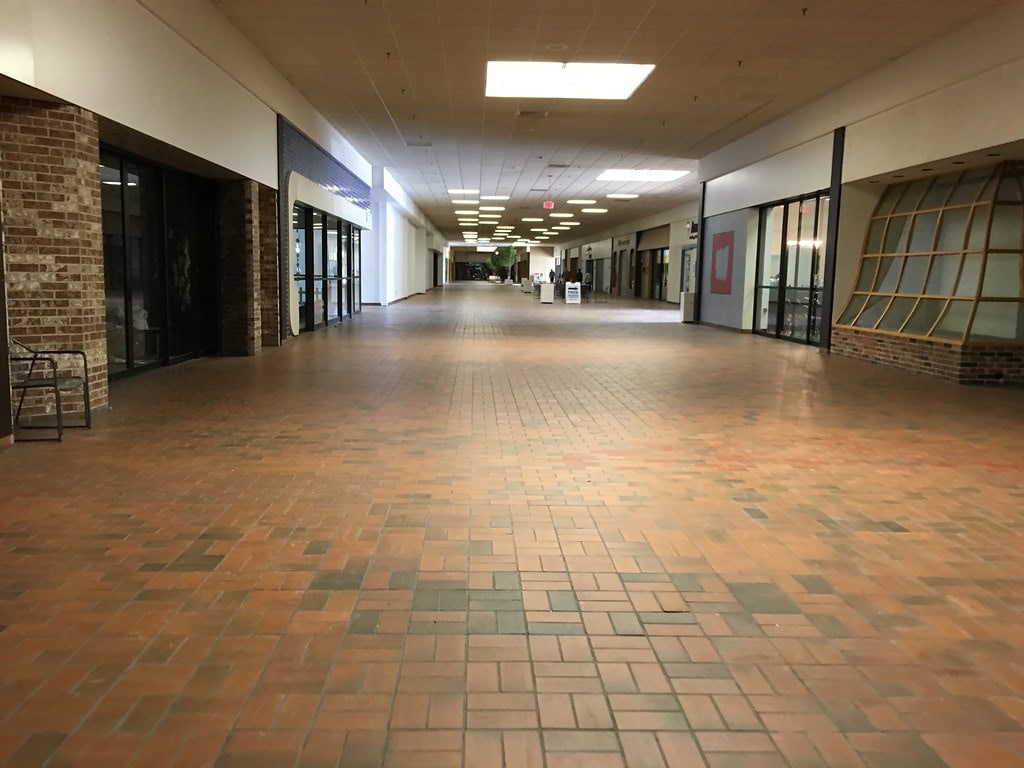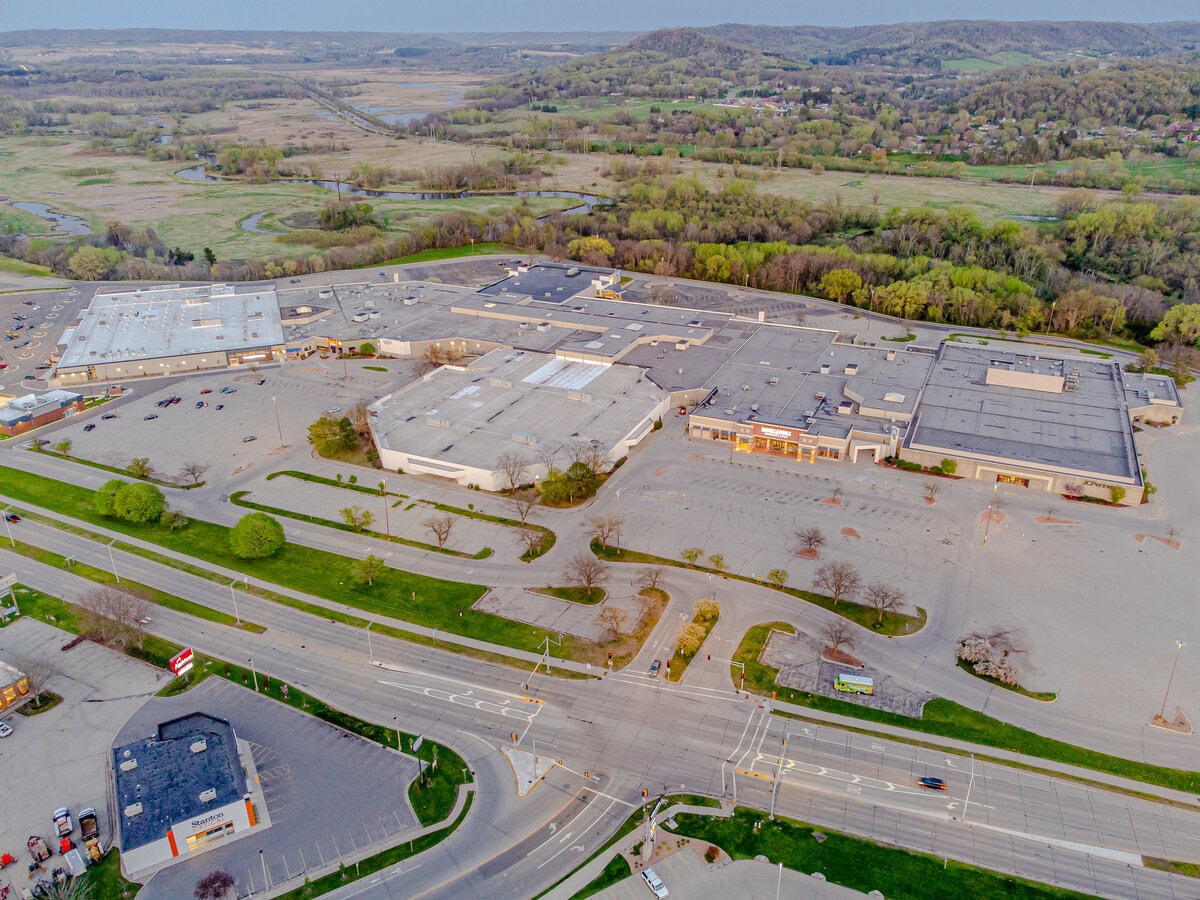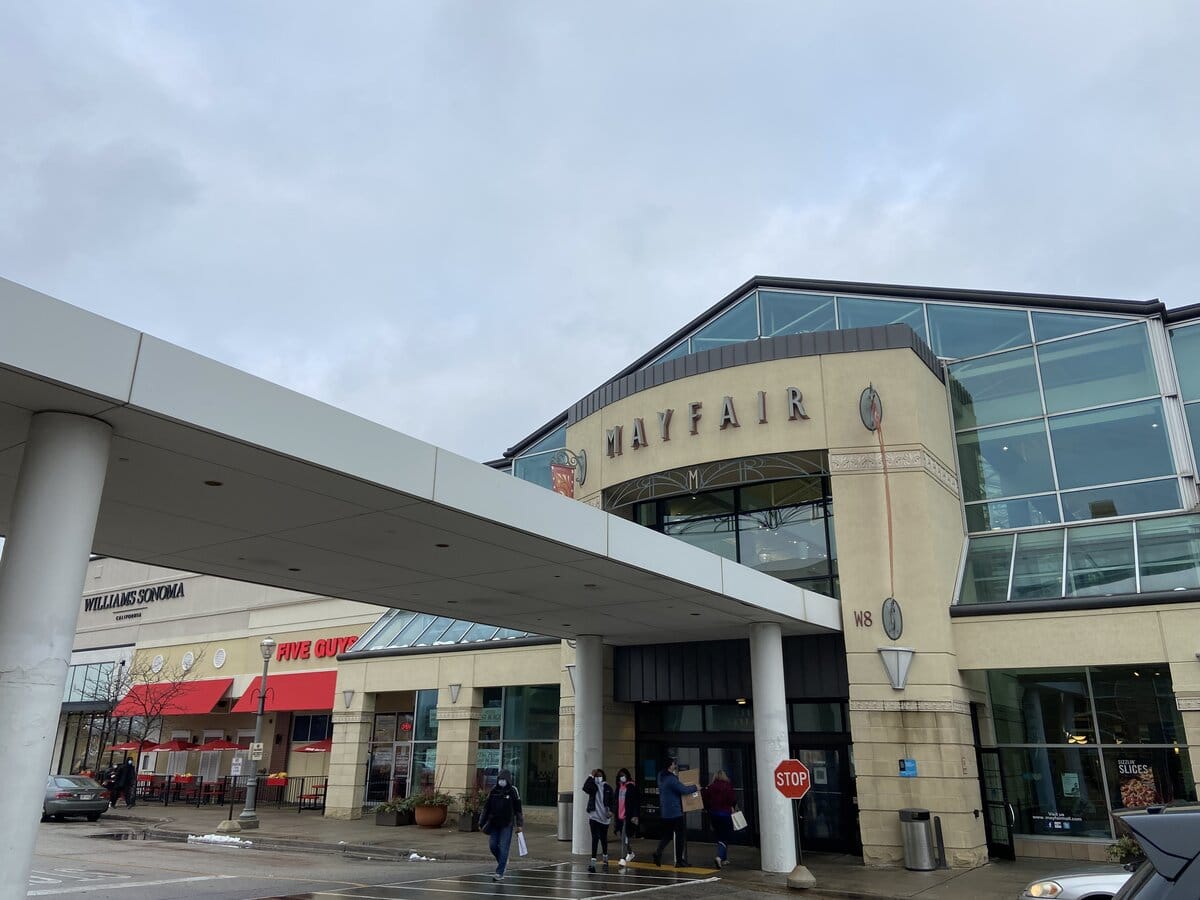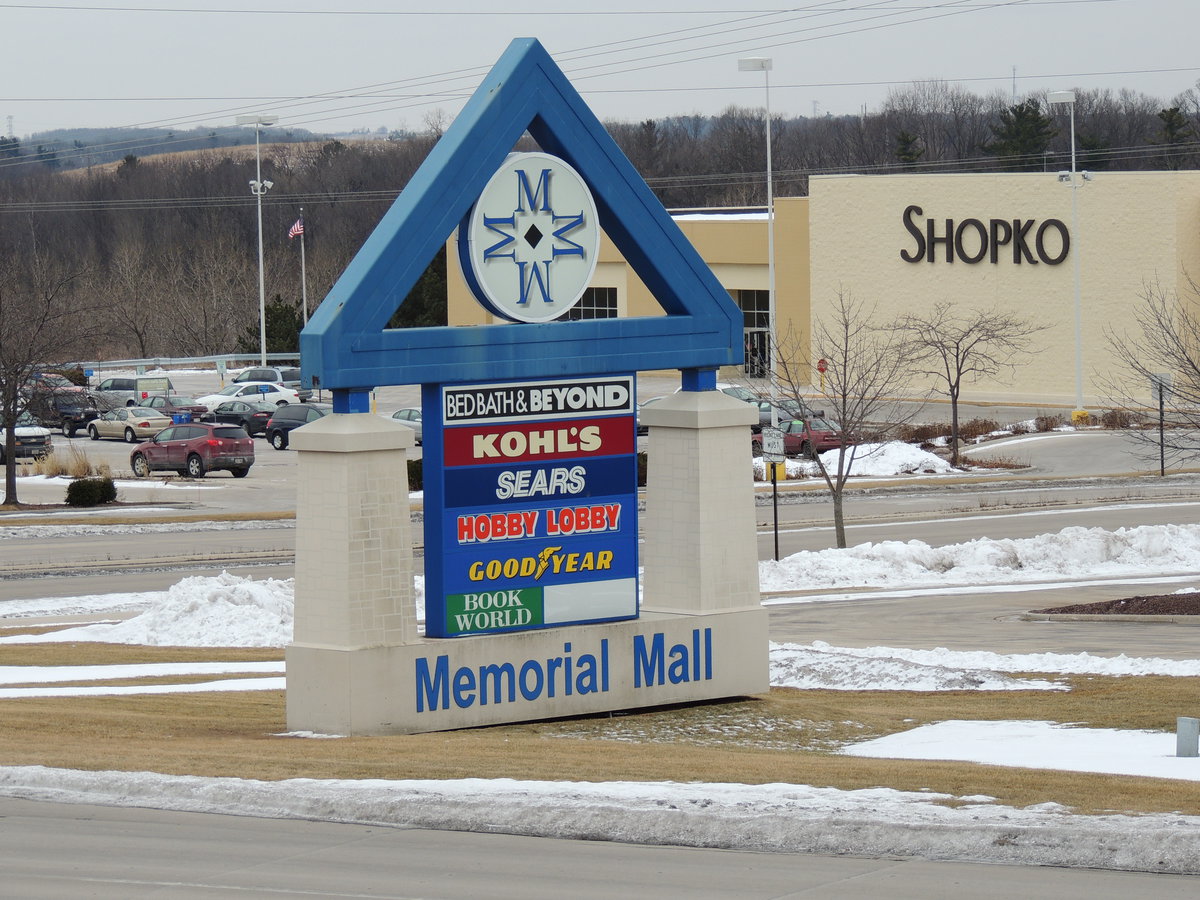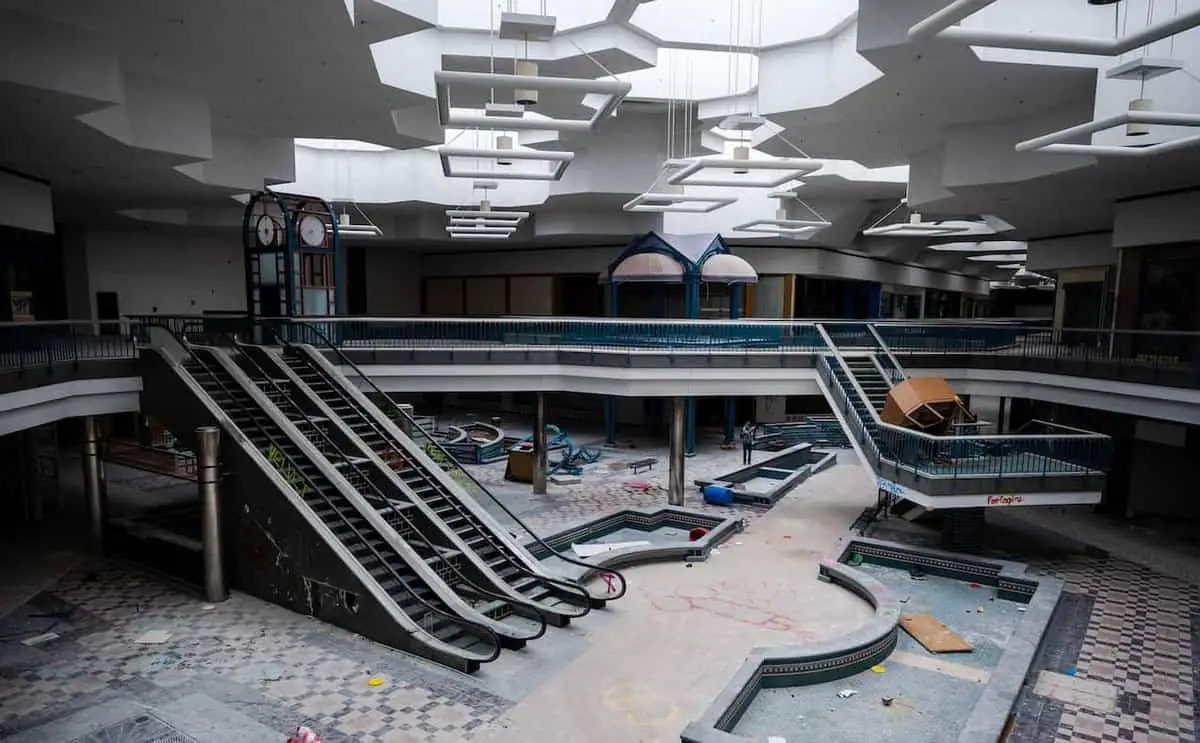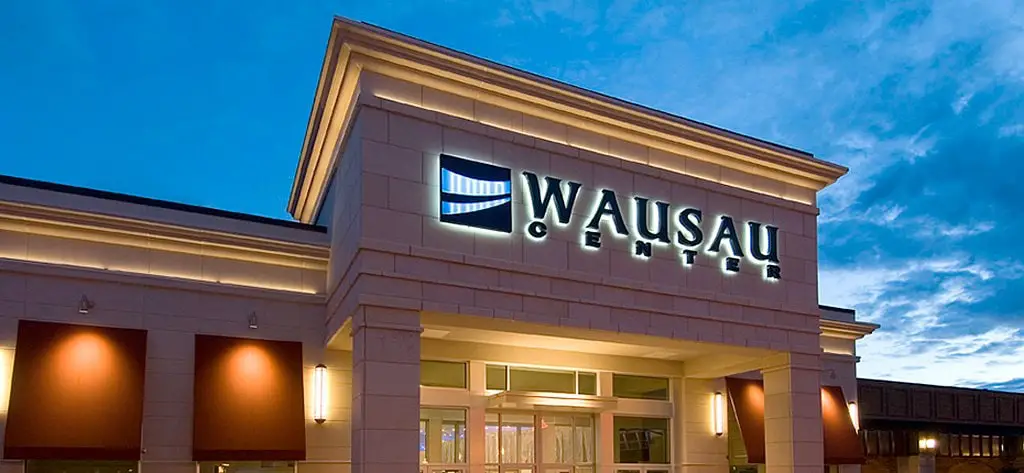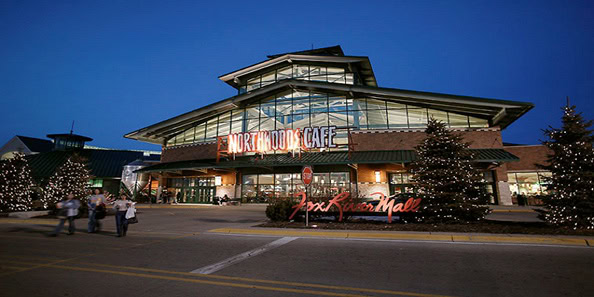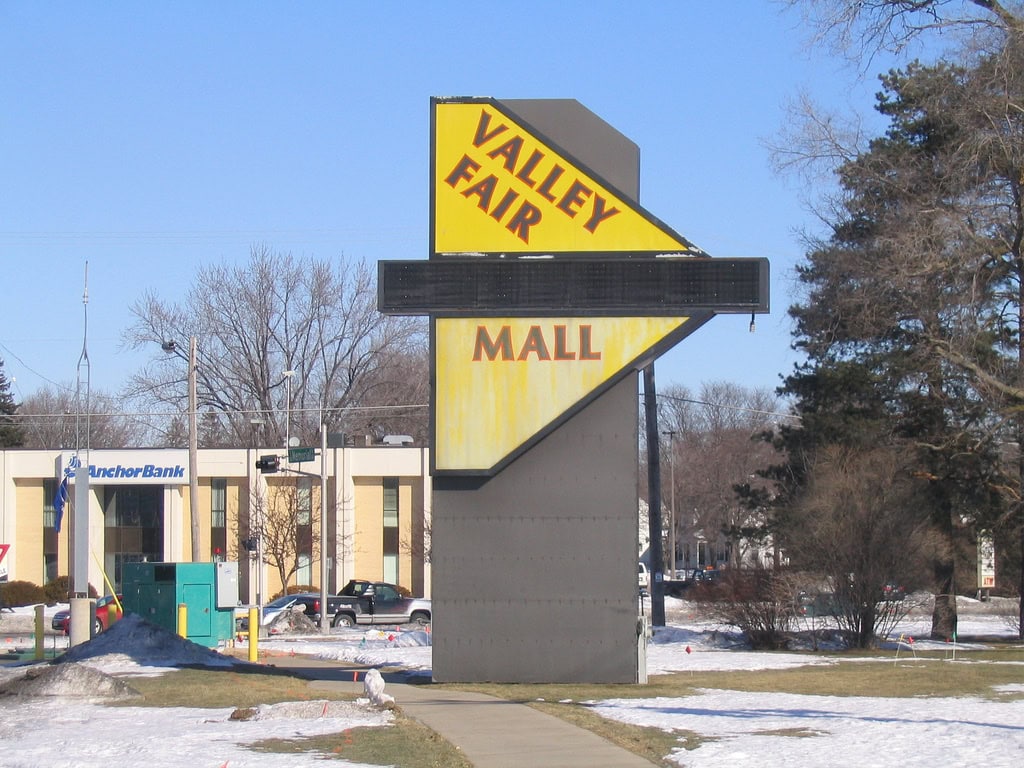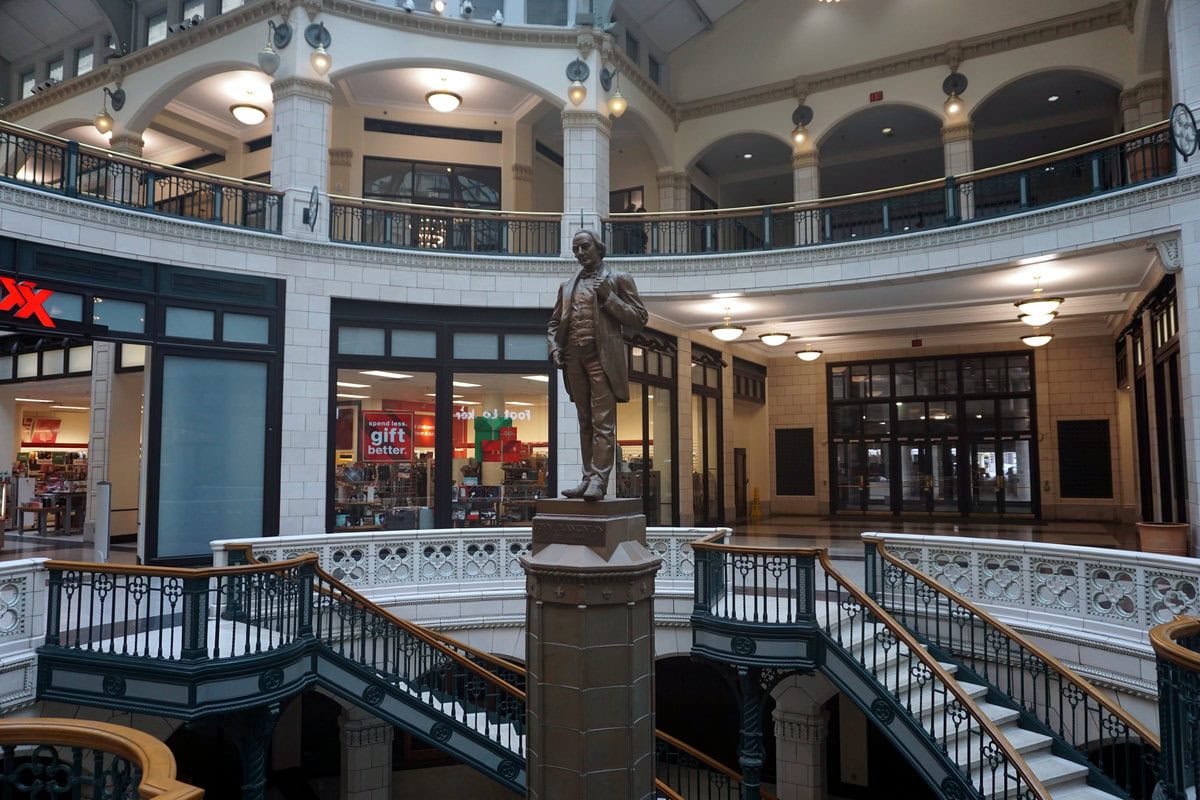Grand Avenue to The Avenue: A Retail Transformation in Milwaukee
In 1982, Grand Avenue opened in downtown Milwaukee, aiming to revitalize the Westown area.
Spanning three city blocks, it introduced over 80 specialty stores and what was, at the time, the largest food court in Wisconsin.
Built into the historic Plankinton Arcade, the mall kept many original architectural details, including the well-known statue of John Plankinton in the center of the circular atrium.
The shopping center's name comes from Grand Avenue, a commercial hub from the 19th century that later became part of Wisconsin Avenue.
Unlike many other malls that opened in the early '80s, Grand Avenue wasn't in the suburbs - it was in the heart of downtown.
The retail mix combined big national chains with smaller shops catering to local tastes.
One of its early anchors was Marshall Field's, which had taken over the former Gimbels space in 1986.
The mall also housed Boston Store, another major department store that helped drive traffic.
Over time, retailers like T.J. Maxx, Old Navy, and OfficeMax moved in, drawing both office workers and city residents.
In 2002, Linens 'n Things joined the mix, marking one of the last large additions before the mall began to struggle.
At first, The Grand Avenue appeared to defy the trend of urban malls failing across the country.
It provided a climate-controlled shopping environment close to office towers, hotels, and theaters.
The mall also included a large parking, making it accessible despite limited street parking.
By the early 2000s, though, shifts in shopping habits and increased competition from suburban retail developments had started to affect the industry.
Two of Milwaukee's other enclosed malls - Capitol Court and Northridge Mall - closed in 2000 and 2003, respectively.
With those closures, Grand Avenue became Milwaukee's only major indoor shopping center, but foot traffic was already declining.
Over the next two decades, ownership of the mall changed hands a few times, with investors attempting to revive the space.
Some efforts focused on bringing in more office tenants, while others explored converting parts of the mall into housing.
By 2018, the name "The Grand Avenue" had been retired, and a new plan had been introduced - one that would reshape the entire purpose of the space.
For those looking for things to do in Milwaukee, Wisconsin, the area around what is now The Avenue still offers restaurants, entertainment, and easy access to downtown attractions.
The mall itself, however, was about to enter a new chapter.
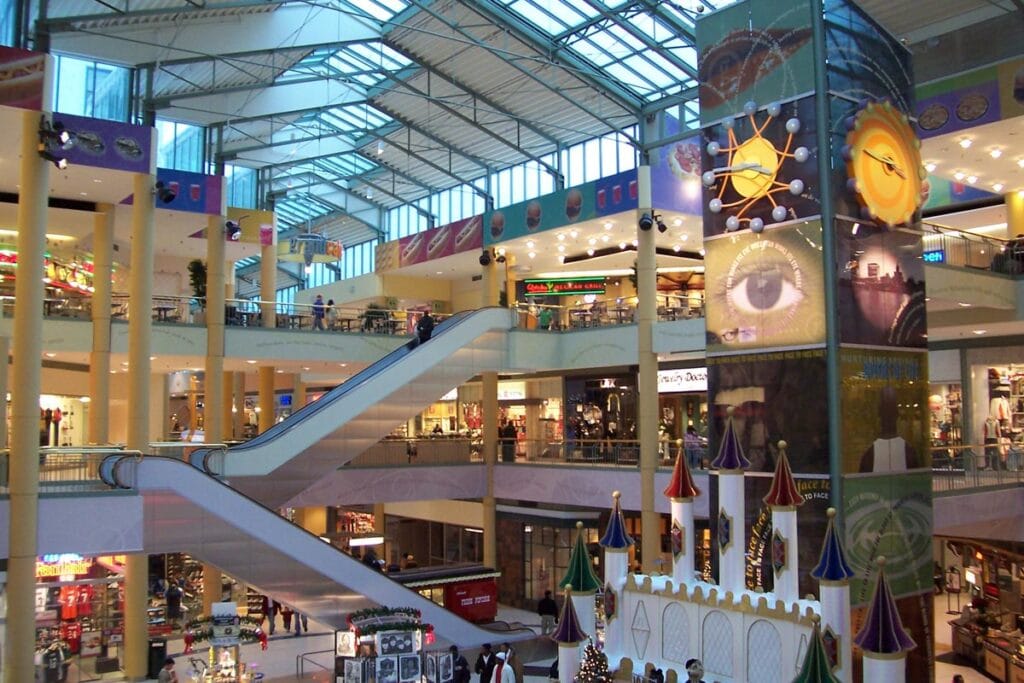
From Growth to Struggle: The Avenue's Changing Retail Landscape
The Grand Avenue started strong, but by the early 2000s, retail trends were shifting.
Shoppers who had once relied on the mall now had other options - places like Mayfair Mall in Wauwatosa and Bayshore Town Center in Glendale, both of which had undergone upgrades to attract more visitors.
Ownership changes also contributed to the mall's decline. In 2005, Ashkenazy Acquisition Corp bought The Grand Avenue for $31.7 million.
The company had experience managing retail properties, but economic downturns soon created bigger challenges.
By 2009, foot traffic had dropped, and several key stores had shut down. Spaces once filled by brands like Old Navy, OfficeMax, and Linens 'n Things sat empty.
T.J. Maxx remained, but it was no longer enough to sustain the entire mall.
Financial struggles deepened over the next few years. In 2012, The Grand Avenue faced foreclosure. A year later, the mall went up for auction, and Alliance Capital Invest, a real estate firm based in New York, placed the winning bid at $16.5 million.
The new owners promised change, but progress was slow. By 2015, after continued struggles to fill vacant retail space, the mall changed hands once again - this time, a local ownership group bought it for $24.6 million, aiming to revamp the space with a different approach.
The Avenue's Reinvention: Mixed-Use Development Takes Over
By 2018, it was clear that the old mall model wasn't going to work.
The new owners scrapped the Grand Avenue name and announced the property's rebranding as The Avenue.
The plan? Shift away from traditional retail and turn the space into a mixed-use development with offices, apartments, and a new food hall.
One of the biggest changes involved repurposing the former third-floor food court.
Instead of reopening with national fast-food chains, the space was converted into office space for GRAEF-USA Incorporated, an engineering and consulting firm.
Meanwhile, the first-floor retail area was redesigned to house 3rd Street Market Hall, a new food hall.
The ownership group also looked beyond retail and dining. Parts of the mall were converted into residential units, creating the 52-unit Plankinton Clover Apartments.
The transformation was gradual, but by 2019, The Avenue had started to take on its new identity.
The days of department stores and national chains were over, replaced by a mix of offices, apartments, and locally owned businesses.
The Avenue's Role in Milwaukee's Downtown Economy
The Avenue's transformation has made it a different kind of business hub.
Instead of department stores and national chains, the complex now houses a mix of retail, dining, offices, and apartments.
The shift reflects how downtown Milwaukee itself has changed - less about large-scale retail and more about urban living and local commerce.
One of the biggest draws is the 3rd Street Market Hall, which officially opened in 2022.
This food hall replaced the mall's old food court and now features local vendors, creating a destination for office workers, residents, and tourists.
With options ranging from specialty coffee to gourmet street food, the space brings steady foot traffic that traditional mall retail couldn't sustain.
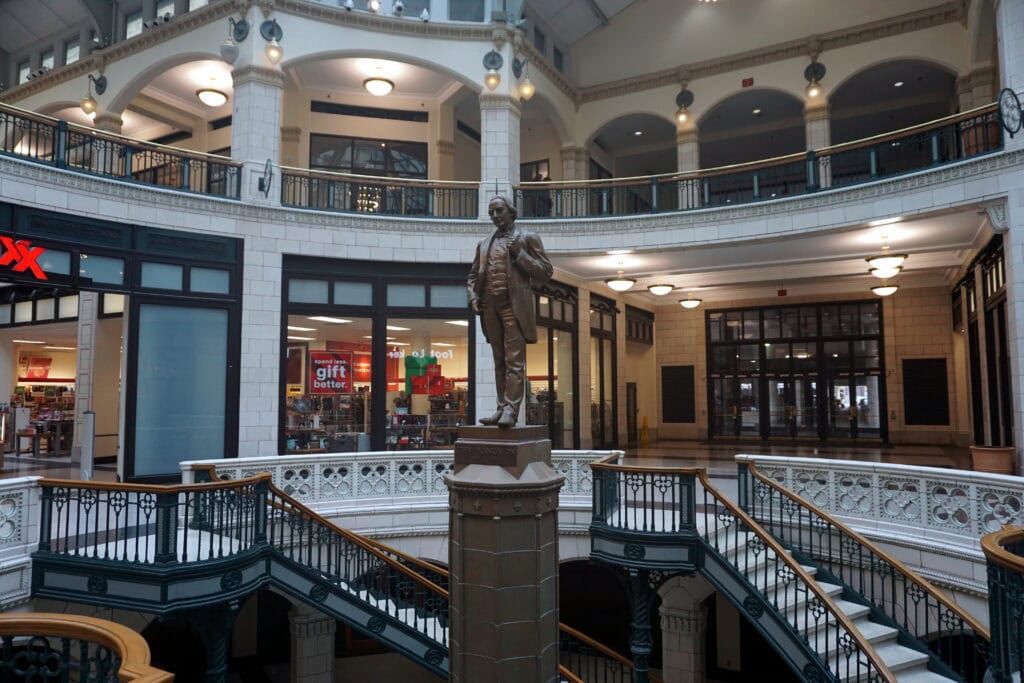
Alongside the food hall, The Avenue offers commercial office space, with GRAEF-USA Incorporated occupying a major portion of the upper levels.
Businesses looking for a downtown address have found the renovated space appealing, especially because it offers easy access to parking and public transit.
While The Avenue still has a few retail spots, the focus has clearly shifted toward services, dining, and workspaces.
Another part of the development includes the Plankinton Clover Apartments, a 52-unit residential complex built inside what was once prime retail space.
This move adds a built-in customer base for businesses inside The Avenue, helping keep restaurants and shops busy throughout the week.
As downtown Milwaukee continues growing, developments like this aim to keep people living, working, and spending money in the area.
Meanwhile, The Avenue's location in Westown connects it to other major projects in Milwaukee's downtown area.
The nearby Deer District, home to Fiserv Forum and a growing entertainment district, has helped boost the area's appeal.
With other developments planned for the neighborhood, The Avenue sits in a prime spot for continued growth and reinvention.

